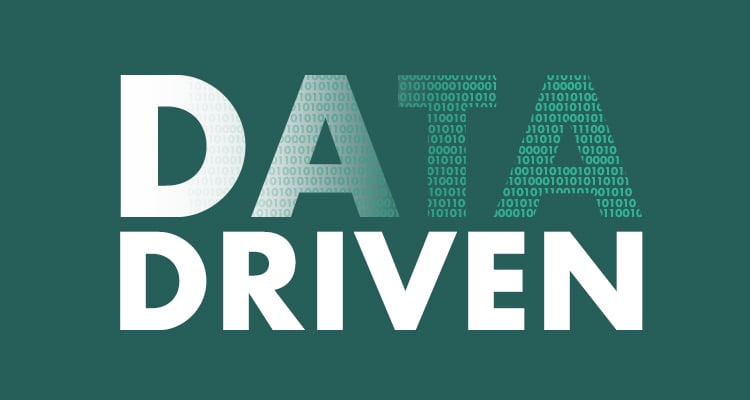Search is Changing (Again)
Search is becoming less about finding the right answer, and more about learning how to ask better questions.

If you are in technology, you should have heard about the “data driven cliche”:
“data driven”, “data informed”, “we are a data-driven company”, “data driven strategy”, “data driven …everything”.
Everyone talks about being data-driven. It’s the go-to corporate buzzword, a badge of honor for businesses that want to sound smart, modern, and strategic.
“Show me the data.”
“Let the numbers decide.”
“Data don’t often lies.”
But what does data-driven really mean?
Because when you look closely, you start noticing something strange. Despite all the dashboards, reports, and analytics tools, businesses still make bad decisions. Startups chase misleading trends. Entire industries get caught in hype cycles.
Which makes me wonder, how do we even tell apart businesses that actually use data to make decisions from those that don’t? Because the truth is, sometimes businesses get lucky. A decision that seemed smart in hindsight might have just been chance. So if success can happen with or without data, then what’s the point?
Maybe the real question isn’t about using data. Maybe it’s about how we use it.
Think about it.
Most businesses don’t turn to data to find the truth. They turn to it to confirm what they already believe.
It’s like when someone checks reviews for a product they’ve already decided to buy. They aren’t looking for an objective answer, they just want reassurance that they made the right choice.
This happens in business all the time. A manager introduces a new strategy and cherry-picks the numbers that validate it. A company launches a product and only looks at the positive customer feedback. The marketing team reports on engagement rates, conveniently ignoring that revenue hasn’t increased.
It’s easy to mistake this for being “data-driven.” After all, they’re using numbers. But really, they’re just finding ways to justify decisions they’ve already made.
And then there’s the illusion of certainty.
Data makes us feel like we know what’s happening. But knowing a number doesn’t always mean understanding the story behind it.
Imagine a small business owner checking website traffic. One month, the numbers spike. Excited, they assume their new marketing campaign is working. But did they check why traffic increased? Maybe an influencer mentioned them by accident. Maybe it was a bot attack. Maybe those visitors had no real interest in buying.
The numbers alone don’t mean much without context. And yet, people make huge business decisions based on these kinds of surface-level insights all the time.
A company sees a correlation, customers who buy Product A also tend to buy Product B. They assume one causes the other and build a whole strategy around it. But what if both products are just popular? What if there’s no real connection?
Or take a hiring manager. They filter candidates based on years of experience, assuming more years means better skill. But what if experience alone isn’t the best predictor of success? What if adaptability, curiosity, or problem-solving matter more?
This is how data can lead us astray. It gives the illusion of precision. It makes us feel like we’re making rational, objective choices, when really, we might just be missing the bigger picture.
So how do we fix it?
It starts with shifting our mindset. Being data-driven isn’t a one-time thing. It’s not about pulling up a report every now and then or running an analysis once a quarter. It’s a continuous process, a way of thinking about decisions over and over again.
Because here’s the reality: using data once doesn’t make a company data-driven. A business that relies on intuition most of the time but checks the numbers occasionally isn’t really driven by data. It’s just using data as an afterthought.
The better approach is to start with the decision you need to make, then find the right data to support it. Not the other way around.
Instead of asking, “What does the data say?” ask, “What decision am I trying to make?”
Instead of tracking everything, ask, “What actually matters?”
Instead of looking for patterns in the numbers, ask, “What’s the bigger story here?”
And most importantly, be willing to be wrong.
Because being data-driven doesn’t mean blindly trusting numbers. It means knowing when to question them, when to combine them with experience, and when to step back and ask, does this really make sense?
So I find myself coming back to the same question, what does it really mean to be data-driven?
To me, it’s not about relying on data alone. It’s about seeing data as a tool, not a crutch. The best decisions happen when data is combined with experience, intuition, and execution. Because at the end of the day, numbers can guide you, challenge you, and inform you, but they can’t think for you.
So the next time someone says, “We are data-driven,” ask them,
“Are we actually using data to make better decisions? Or just to feel better about the ones we’ve already made?"